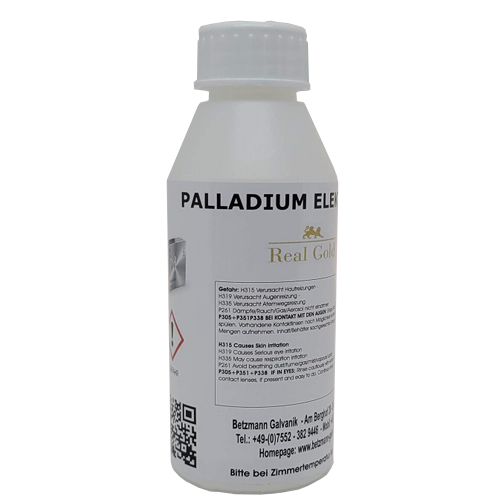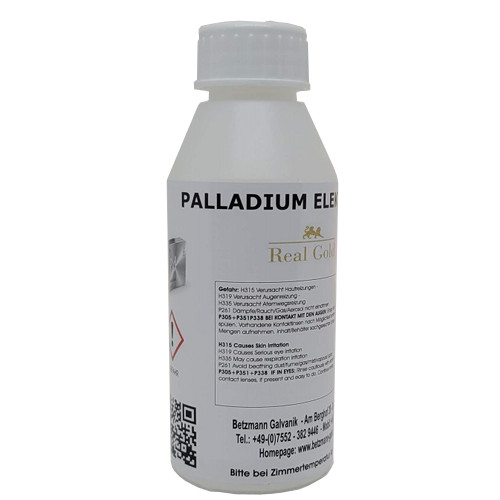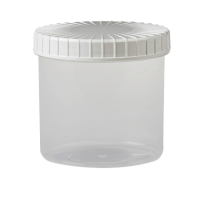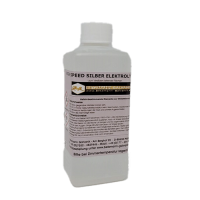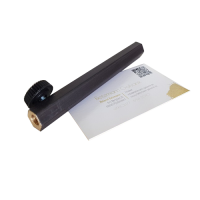94,96 € ohne MwSt.
inkl. MwSt. zzgl. Versandkosten
Sofort versandfertig, Lieferzeit ca. 1-3 Werktage
- Artikel-Nr.: BMG-114
Betzmann Galvanik: Palladium Elektrolyt mit 10 Gramm pro Liter
Palladium Elektrolyt als Nickelersatz – Sperrschicht oder als harte dekorative Deckschicht!
Palladium Elektrolyt – Die allergen-freie Alternative zum Nickel!
Das Palladinieren bzw. Beschichten mit Palladium ist ein eher selten verwendeter galvanischer Überzug. Palladinieren kann aber vor allem als Ersatz zum galvanischen Vernickeln mit einem Nickelelektrolyt einige Vorteil bieten.
Die Vorteile des Palladiumelektrolyt im Vergleich zum chemischen Vernickeln:
Normalerweise wird ein Nickelelektrolyt dazu benutzt eine Sperrschicht aus Nickel zwischen Kupfer und Gold aufzutragen und eine Durchmischung der beiden Metalle zu verhindern. Eine Palladiumbeschichtung bietet jedoch gegenüber dem Nickelelektrolyt einige entscheidende Vorteile:
Palladium ist edler als Nickel, d.h. es erfolgt keine Korrosion an der Oberfläche und das Palladium muss vor dem Vergolden NICHT extra aktiviert werden wie Nickel.
Die Abscheidegeschwindigkeit und der Wirkungsgrad sind hervorragend, das heißt es erfolgt keine unerwünschte Gasentwicklung.
Der Elektrolyt scheidet silberweißes, sehr helles Palladium ab und kann damit als glänzendes "Finish" benutzt werden. Eine Vergoldung mit dem Betzmann Goldelektrolyt für die Stiftgalvanik erzielt auf Palladium ein optimales Ergebnis.
Palladium ist im Gegensatz zum Nickelelektrolyt nicht krebserregend und daher auch für private Anwender zulässig!
Eine sehr gute Kombination zum Vergolden von nahezu allen Metallen ist:
Alkalisch oder saures Kupfer je nach Metall, Palladium und abschließend Gold.
Alle nötigen Elektrolyte erhalten Sie in unserem Shop.
Palladium kann auf folgenden Metallen beschichtet werden:
Kupfer, Nickel, Messing, Silber, Gold, auf allen entchromten Flächen
Empfohlene Spannungen: Stiftgalvanik: ab 3 Volt - Badgalvanik: 3 - 4 Volt
Empfohlene wird Graphitelektrode oder Platinelektrode aus unserem Shop.
Palladiumgehalt: 10 Gramm pro Liter
Operating Parameters and Deposit Data
| Voltage Range | 3.0 – 3.5 |
| Temperature | 18 – 25 °C |
| Palladium Concentration | 10g/l |
| Electrode | Carbon or Platinum |
| Palladium content in plate | 99.9% (balance carbon, nitrogen) |
| Lightness (L*) of deposit | 65 (Cielab) |
| Plating Rate at (3.5 volts, carbon electrode) | 0.6 micron per minute |
| Hardness | 488 Hv |
| Density of deposit | 11.85 g/cm3 |
| Stress | Stressed |
| Special storage requirements | None |
| Shelf life | 1 – 2 years |
| Health and Safety classification | Irritant |
| Special considerations | None |
| Transport (UN number) | None: Not classified as dangerous for transport |

Signalwort: Achtung
H-Sätze:
H332 Gesundheitsschädlich bei Einatmen
H312 Gesundheitsschädlich bei Hautkontakt.
H302 Gesundheitsschädlich bei Verschlucken
P-Sätze:
P280 Schutzhandschuhe/Schutzkleidung/Augenschutz/Gesichtsschutz tragen.
P301 BEI VERSCHLUCKEN:P310 Sofort GIFTINFORMATIONSZENTRUM/Arzt/… anrufen.
 Gold Elektrolyt 12 Gramm/L.- High-Speed Gold
Gold Elektrolyt 12 Gramm/L.- High-Speed Gold  Schwärzezusatz - Schwarz Rhodium / Ruthenium
Schwärzezusatz - Schwarz Rhodium / Ruthenium  Gold Elektrolyt 12 Gramm/L.- High-Speed Gold
Gold Elektrolyt 12 Gramm/L.- High-Speed Gold 




